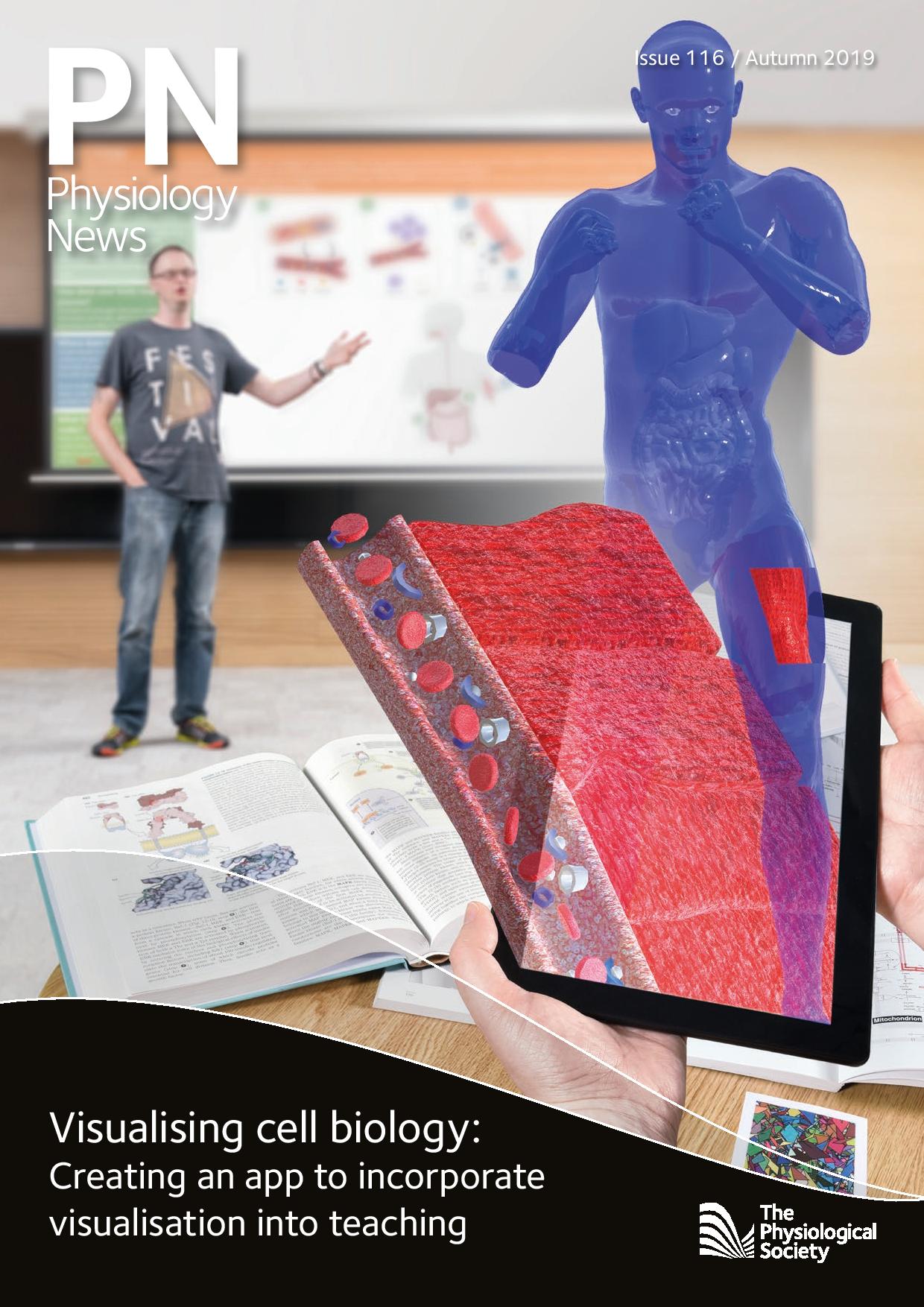
Physiology News Magazine
Editorial: Keeping the EDI conversation going
News and Views
Editorial: Keeping the EDI conversation going
News and Views
Keith Siew, Scientific Editor
Julia Turan, Managing Editor
https://doi.org/10.36866/pn.116.5
We must first start this issue by once again thanking our authors for their informative and emotive contributions to Physiology News 115 – Diversity Special Issue. In the combined years of our Editorial Board, none can remember a topic eliciting so much audience engagement. The dozens of anecdotes from colleagues recounted to the editorial board, the emails and letters of thanks and personal stories sent to the editors, the hundreds of reactions on social media and many long overdue conversations… the response has been overwhelming.
In particular, we were moved to see the expressions of sheer delight by many online who were seeing themselves and their stories represented in this way for the first time. We were also encouraged by letters to the editor which continue important conversations on the need to increase ethnic diversity in academia (Jeff Allen, p.11) or how best to present your science for a colourblind audience (Nick Birch, p.10), something which we noted a number of delegates enacted last minute on the trains and flights to Physiology 2019 (p.22) to improve the accessibility of their work. Other correspondents have raised some EDI (equality, diversity and inclusion) issues which were not addressed in PN 115 but are worthy of further discussion, namely the influence of educational socio-economic background on access to opportunities (Michael Taggart, p.10), cultural diversity in the laboratory (Sara AlMarabeh, p.42) or diversity of thought in health education of the public (Christine Wilcox-Baker, p.44). It is clear that there is appetite for EDI content and we’re glad to be part of that greater conversation going forward, and the PN microsite now more explicitly states our contributor guidelines on diversity and accessibility which we welcome feedback on to improve further.
As mentioned above, the greatest desire of any communicator, or indeed educator, is to facilitate the greatest amount of audience engagement and responsiveness. In this issue, we have two education-themed articles focusing on just that. The cover story of this issue embraces the fact that many students today have a smartphone or tablet to hand, and rather than try to fight that, instead redeploys them in a ground-breaking way to help students grasp molecular physiology concepts in the classroom via augmented reality. The app projects digital objects into the 3D space when viewed through the smart device (John Barrow, p.28). The second article explores what happens when you take the oldest teaching method of them all, the lecture, and turn it completely on its head in an institute with over 800 years of teaching experience (Matthew Mason & Angela Gayton, p.31).
With the launch of the new Themes we’ve decided to restart our Theme Lead reports segment starting with the new independent Metabolic Physiology Theme (which was formerly paired with Endocrinology). The report from Andrew Murray and Paul Meakin (p.40) highlights what an exciting time it is for metabolic research with many old concepts being brought back to the drawing board now that it is known that many metabolites are not mere substrates but cellular mediators of metabolic function or can interact with a number of receptors. Textbooks are now being updated to reflect this thinking (Andrew Murray, p.19) and a greater appreciation is given to the role of the gut microbiome in nutrition, metabolic signalling and the potential for novel therapeutic approaches (Katerina Petropoulou, p.46).
Additionally the overlap of metabolic research with other disciplines is perhaps most evident in the study of the pathophysiology of its disorders, as discussed in one of our feature articles exploring the impact of metabolic syndrome on the microcirculation (Marcus Machado, Aline Vieira & Eduardo Tibiriçá, p.37), or the crossover with exercise which is now more often seen as a remedy that should be prescribed clinically as much as any drug, as suggested by our authors or indeed likely many of those interviewed in the sport and exercise science (SES) case studies (p.7), which is also highlighted in this issue’s President’s View (Bridget Lumb, p.6).
Last but by no means least, we want to take the time to encourage readers to enjoy our feature article on non-synaptic neural communication by electric fields (i.e. ephaptic coupling), an exciting study that shows openness to new ways of thinking (Dominique Durand, p.34). In line with this ethos, as PN moves to become a truly dual format publication we must consider how to best utilise the new mediums and tools available to us. To that end, PN is now featuring short author videos for selected articles, a number of which have already been released for PN 115. We must also reflect on how our materials are used and the PN team is exploring options to fully digitise the PN back catalogue, move future content to a Creative Commons license and obtain DOIs for every article for citability. So watch this space!
